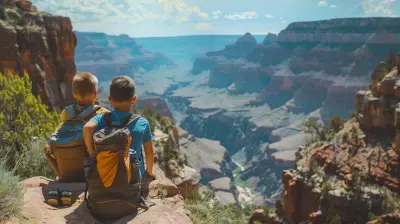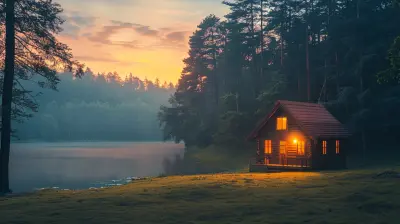Backpacking Through National Parks: A Journey into Nature
30 June 2025
There’s something magical about strapping on a backpack, tying your boots tight, and stepping into the wild. Backpacking through national parks isn't just an activity—it's a full-blown adventure and a front-row seat to nature's greatest show. Towering mountains, serene lakes, wild animals, and star-filled skies become part of your daily routine. It’s raw, real, and ridiculously rewarding.
If you've ever dreamed about going off the grid and soaking in nature completely, this one's for you. In this guide, we're diving deep into what makes backpacking through national parks such a life-changing experience—and how you can do it right.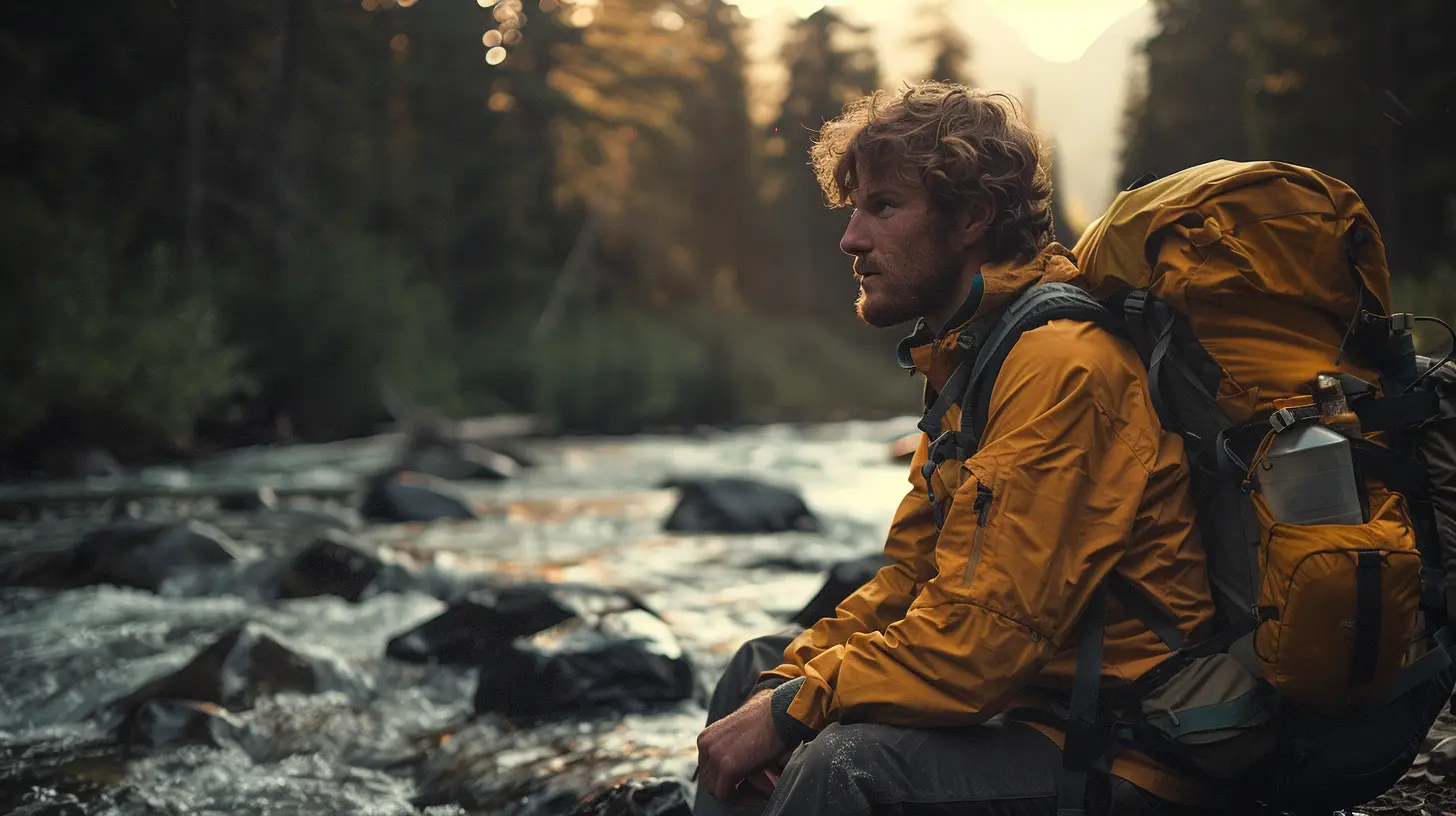
Why Go Backpacking in National Parks?
Let’s get this straight: there are hikes, and then there’s backpacking. While both get you moving, backpacking flips the switch on what it means to connect with the outdoors. You're not just visiting; you're living in nature for days at a time.Total Immersion in Nature
When you backpack, you leave the crowded viewpoints behind and head into untouched wilderness. It's just you, your pack, and the open trail. You’ll experience the sights, sounds, and even the smells of nature with all your senses. Plus, there’s something quite peaceful about falling asleep to the sound of crickets and waking up with the sunrise.Disconnect to Reconnect
Let’s face it—we’re glued to screens these days. Backpacking forces you to unplug and slow down. Without notifications buzzing every five minutes, you'll rediscover the joy of simple moments: watching a deer graze, cooking a camp meal, or just staring at the stars.Personal Growth and Physical Challenge
Backpacking isn’t always comfortable. You’ll push your body and your mind. But that’s the beauty of it. Every blister, steep climb, and hard-earned view builds grit. And when you finally reach that mountain pass or remote lake? It’s pure satisfaction.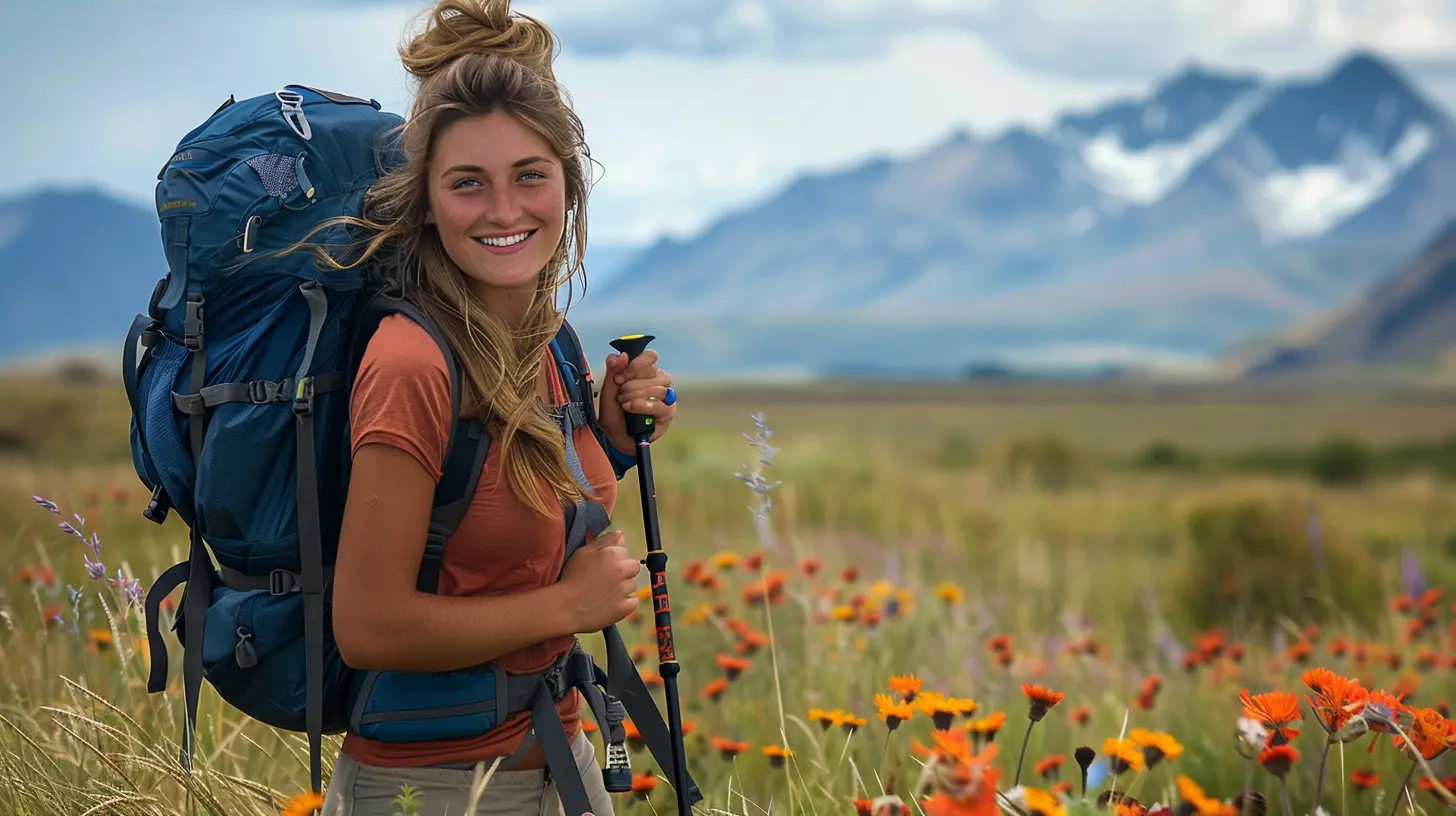
Picking the Right National Park for Your Adventure
So where do you start? With over 400+ national parks in the U.S. alone, narrowing it down can feel like finding a pine needle in a forest.Yosemite National Park, California
Yosemite is a classic—and for good reason. Its granite cliffs, ancient sequoias, and alpine lakes are breathtaking. Popular trails like the John Muir Trail or Half Dome offer challenging routes with jaw-dropping views. Just be prepared: permits are required and it gets crowded in peak season.Glacier National Park, Montana
Glacier is rugged, remote, and packed with wildlife. With over 700 miles of trail, it’s a dream for backpackers looking for solitude. Think turquoise lakes, meadows dotted with wildflowers, and dramatic mountain vistas.Great Smoky Mountains, Tennessee/North Carolina
If you prefer lush forests and historical sites, the Smokies are your ticket. The Appalachian Trail cuts right through it, and the park has a sweet mix of established campsites and backcountry routes.Olympic National Park, Washington
Here’s where things get wild—literally. In one park, you’ll find rainforests, alpine peaks, and a rough Pacific coastline. It’s one of the few places where you can go from mountain to sea in a single trip.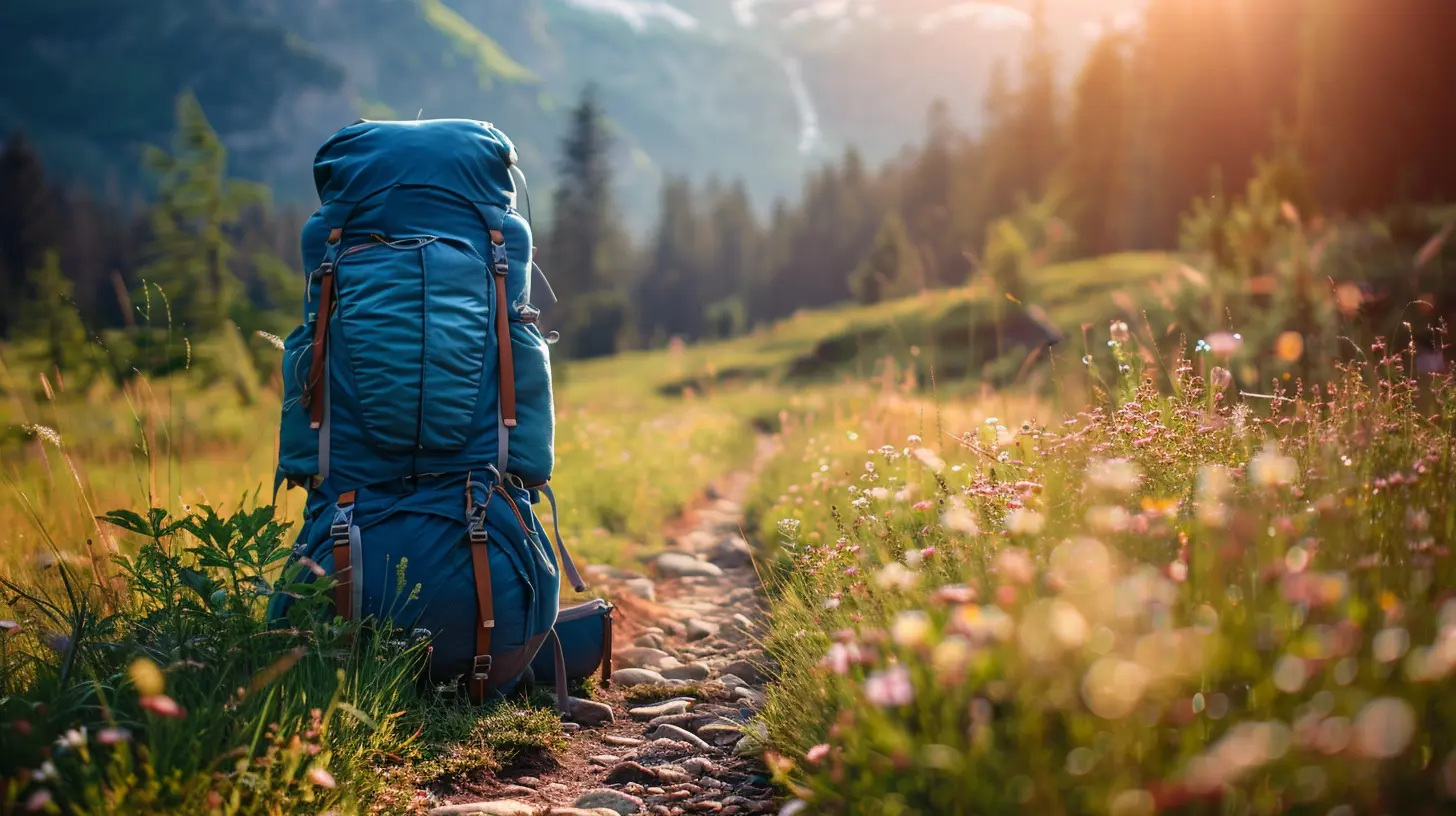
Planning Your Trip: The Essentials
Let’s talk logistics. Planning a backpacking trip in a national park takes more than throwing a few snacks in a pack.Permits and Regulations
Most national parks require permits for backcountry camping. Some—like Yosemite and Glacier—have limited quotas, so book early. Check the National Park Service website for your chosen park to get the latest info.Also, learn the Leave No Trace principles. These seven guidelines are the holy grail of responsible hiking. You're visiting nature's home—treat it with respect.
Packing Smart
Weight is everything. Carry too much, and you'll curse every uphill step. Carry too little, and you might end up wet, hungry, or cold.Here’s a simple checklist to get you started:
- Lightweight tent or hammock
- Sleeping bag and sleeping pad
- Water filter or purification tablets
- Stove and fuel
- Food (dehydrated meals are your friend)
- Clothing layers (think wool, not cotton)
- First aid kit
- Map and compass (and know how to use them)
- Headlamp with extra batteries
Getting in Shape
You don’t have to be an elite athlete to go backpacking, but a little training goes a long way. Nothing ruins a trip faster than sore knees or an aching back. Try walking with a loaded pack, taking the stairs, or going on weekend day hikes to build stamina.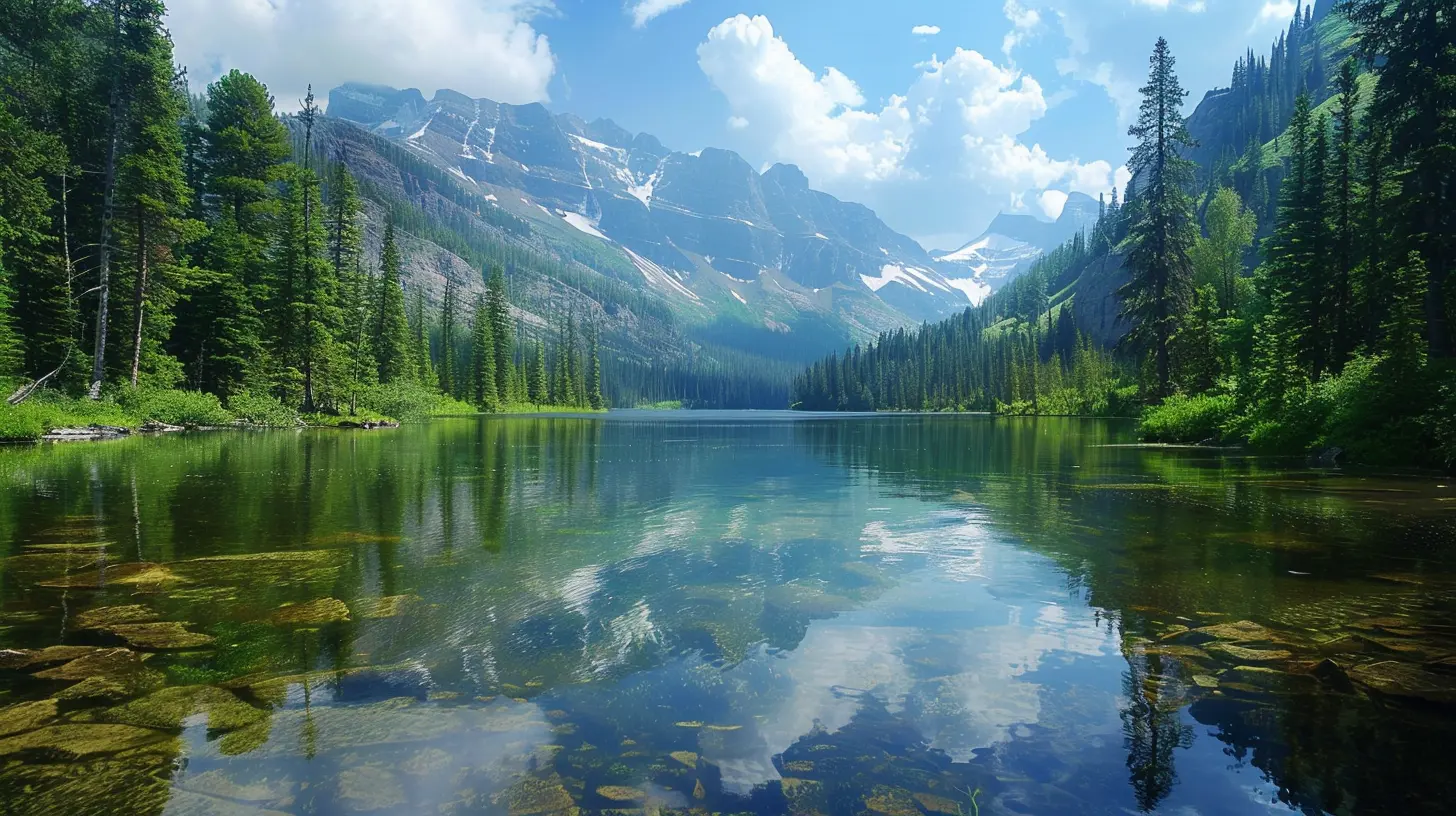
Best Times to Go Backpacking
Timing can make or break your trip. Too early in the season and you might be clomping through snow. Too late and you could hit heavy rains or early frost.Generally speaking:
- Spring (April–June): Wildflowers explode in the lower elevations, but higher trails might still be snowed in.
- Summer (July–September): Peak season. Most trails are open, and weather is stable, but expect crowds.
- Fall (October–November): Cooler temps, changing leaves, and fewer bugs. Just be ready for early snow in mountainous parks.
- Winter (December–March): Only for the experts. Snowshoeing or winter camping requires special gear and a good dose of experience.
Safety Tips on the Trail
Backcountry travel comes with risks, but don't let that stop you—it just means you’ll need to be prepared.Wildlife 101
If you’re lucky, you’ll spot deer, elk, or maybe even a bear. But keep your distance. Store food in bear-proof containers and never feed animals. If you’re in grizzly country, carry bear spray and know how to use it. It's like insurance—you hope you never need it, but you'll be glad to have it.Water and Food
Always treat your water. No exceptions. Even the clearest mountain stream can carry bacteria. And bring more food than you think you’ll need—backpacking burns a lot of calories.Navigation
Relying only on your phone? Big mistake. Batteries die, and GPS signals drop. Always carry a physical map and compass, and learn how to use them. It’s not old-school—it’s smart.Making the Most of Your Trip
Backpacking isn’t just about covering miles. It’s about the experience. Here’s how to soak it all in:Take It Slow
Don’t rush. Stop to watch the sunrise, take breaks, and really be present. Some of the best moments happen when you’re doing nothing at all.Journal Your Journey
Bring a notebook or use a phone app to record your thoughts, sketches, or trail notes. A few years from now, flipping through those pages will bring your trip back to life.Connect with Fellow Hikers
You’d be surprised how friendly people are on the trail. Sharing a campfire or trading stories at a campsite can lead to lifelong memories (and maybe even new travel buddies).Leave No Trace: Because Nature Deserves It
This one’s worth repeating: Leave no trace. That means pack it in, pack it out. Stay on trails. Don’t pick wildflowers. Keep wildlife wild. The goal is to leave the wilderness as you found it—or even better.Final Thoughts
Backpacking through national parks is more than just a vacation—it’s a journey into the heart of nature and, often, into yourself. It’s sweaty, sometimes uncomfortable, a little unpredictable, and absolutely unforgettable. So if you’ve got the itch to trade concrete for dirt paths and chaos for calm, grab a backpack and hit the trail.Just remember: plan well, respect the land, and keep your eyes (and heart) open. Nature’s got a lot to show you—you just have to be willing to walk into it.
all images in this post were generated using AI tools
Category:
BackpackingAuthor:

Kelly Hall
Discussion
rate this article
2 comments
Mandy McBride
What a delightful read! Backpacking through national parks sounds like the perfect escape from our hustle and bustle. I love the idea of immersing ourselves in nature's beauty and finding solace in the great outdoors. Time to dust off the backpack and hit the trails!
September 26, 2025 at 3:30 PM

Kelly Hall
Thank you! I'm glad you enjoyed it. Embracing nature truly is a refreshing escape—happy trails!
Indigo Wood
In the heart of wild embrace, where whispers of the wind serenade, each step reveals nature’s canvas, painted with wonder. Backpacking through ancient trails, we dance with the rustling leaves, discovering our spirit in the harmony of the untamed earth.
July 6, 2025 at 2:24 AM

Kelly Hall
Thank you for beautifully capturing the essence of the journey! Your words remind us of the magic and serenity found in nature's embrace.
